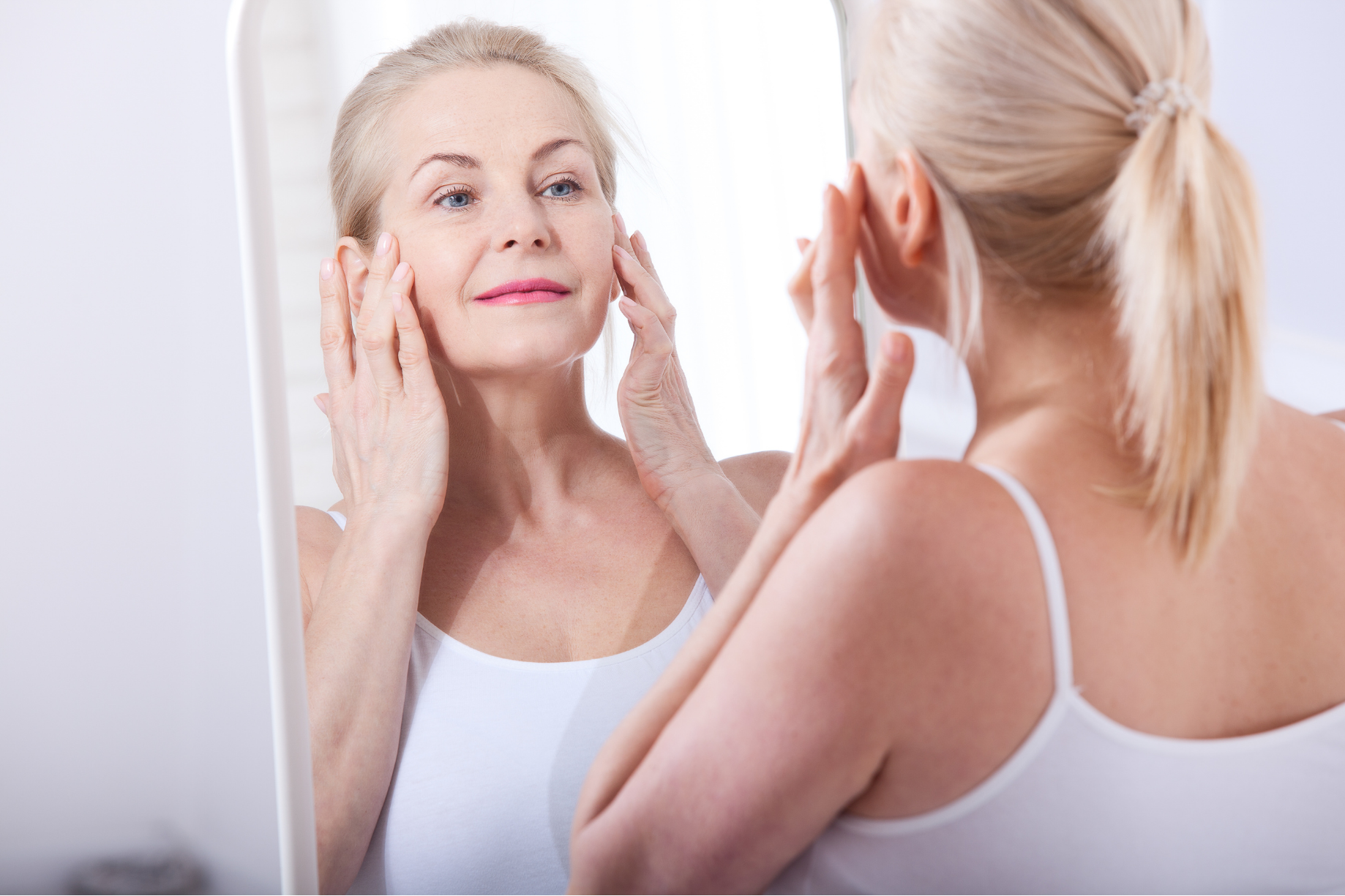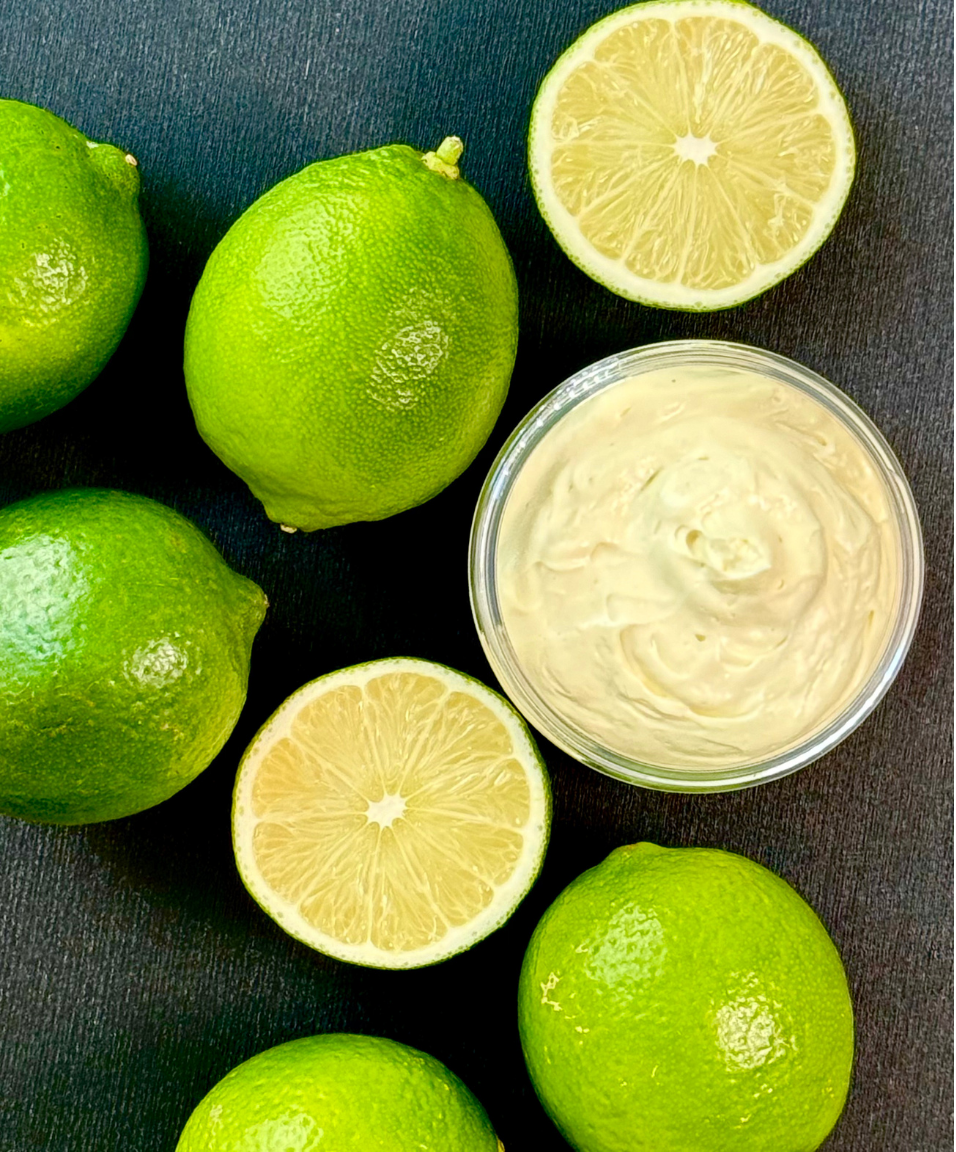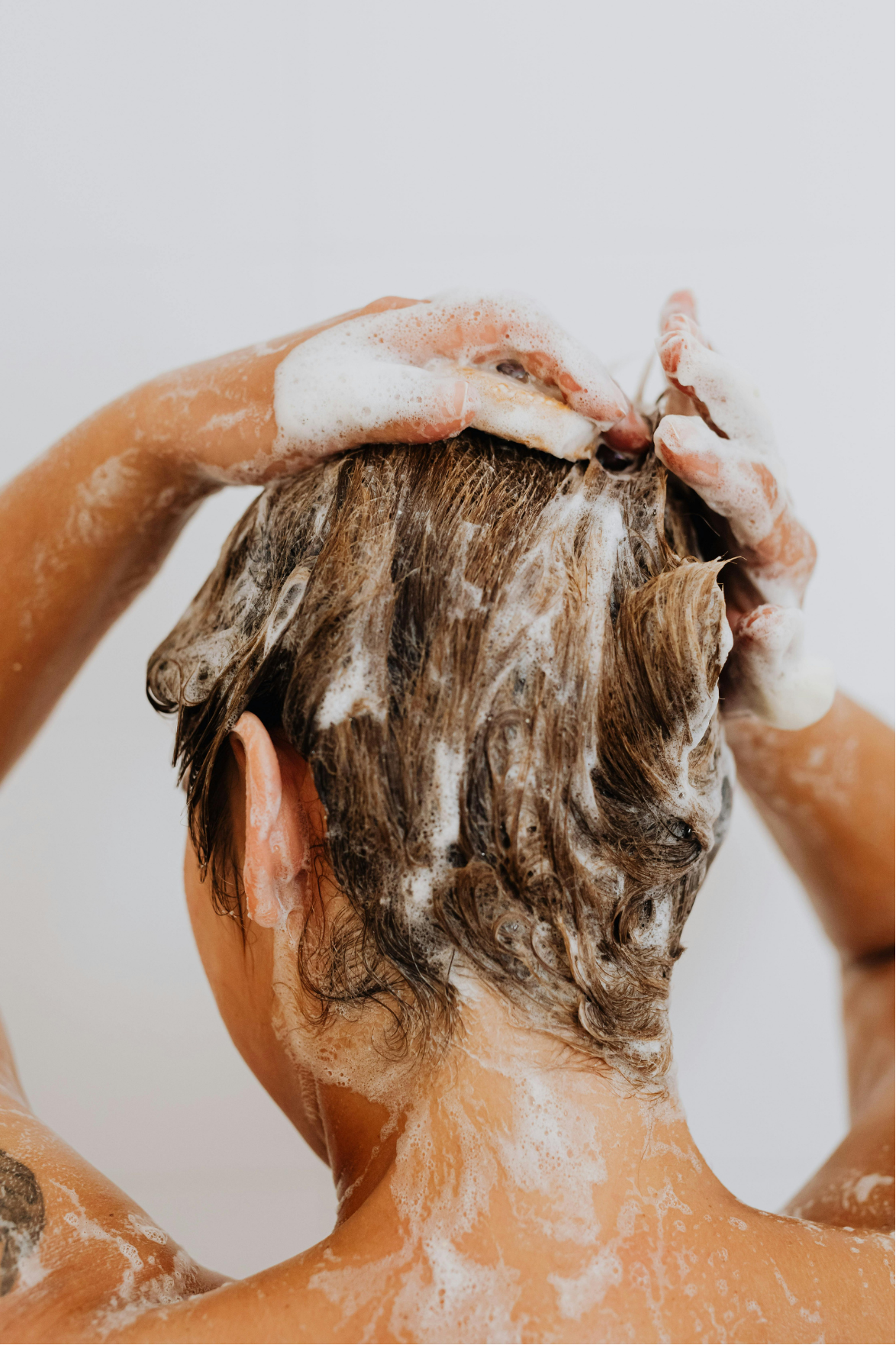Last Updated: January 16, 2025
If you associate prebiotics with a happier gut, it’s time to think bigger. Just like the gut microbiome, your body’s largest organ—the skin—hosts a dynamic ecosystem of millions of teensy, tiny microorganisms. And keeping them happy and balanced directly affects the health and appearance of your skin. Simply put, clear, glowing skin is balanced skin, and it all comes down to the microbiome, which protects against infection, minimizes the effects of inflammation and keeps things plump and hydrated. Wondering how exactly to keep millions of microorganisms happy? Honestly, less is more—the key is to give your skin’s microbiome everything it needs to flourish. And that’s where prebiotics, probiotics and postbiotics for better skin come into play.
Meet The Skin Microbiome—What It Is And Why It Matters
The skin microbiome is a diverse community composed of trillions of microorganisms, including bacteria, viruses and fungi, all of which work together to protect the skin in specific ways. Collectively, this community is part of a physical layer that protects your insides from the outside world by defending against infection, supporting your immune system, controlling inflammation and protecting against environmental damage.
Here’s the thing—to do all of these oh-so-important tasks, your skin’s microbiota need to be flourishing, which means they need to be in balance. But that balance is delicate, and it’s easily thrown out of whack. Lifestyle choices, like diet or smoking, can be major disruptors, as can environmental things like the products and techniques you use to clean your skin. Even modern hygiene practices can be trouble for your microbiome, if it means you’re over-cleansing, over-exfoliating, using harsh ingredients, taking steaming hot showers, or overdoing the antibacterial soaps. All of it disrupts your skin’s microbiome and alters its pH level to cascading effect: disrupting its delicate acid mantle, making it harder for good bacteria to thrive and opening the door to skin issues like acne, eczema, rosacea, oil overproduction, dryness, sensitivity, and the list goes on.
The good news is that supporting a balanced microbiome to promote healthy skin really isn’t too difficult. This is one of those “less is more” scenarios. The key is to pick and choose products that benefit your skin’s microbiome, and you’ve probably already guessed that means prebiotics, probiotics and postbiotics.
How Do Prebiotics Benefit Skin?
To understand prebiotics, we first need to explain probiotics, which are the good bacteria that live in and on our bodies. Prebiotics are basically the food that probiotics consume—think of it as the fertilizer for good bacteria—and they’re typically found in high-fiber things like arrowroot, asparagus, whole grains, bananas, oatmeal, onions, garlic and greens. Prebiotics promote the growth of diverse and beneficial microorganisms on the skin—and that’s what you want.
How Do Probiotics Benefit Skin?
Probiotics help balance the ratio of good bacteria to bad bacteria both in the gut and on the skin. They can be consumed in foods like yogurt and fermented foods like sauerkraut and kimchi, and you can also find them in topical products. Case in point? Shimmer Chef’s line of fresh, living, organic plasters and balms—something we’ll come back to below. Research shows that topical probiotics have beneficial effects if you’re dealing with skin conditions like acne, rosacea, psoriasis and more—you’re literally feeding your skin’s microbiome to nourish, replenish and fortify it. And that means happier, clearer, glowier skin.
The trick to using probiotic-based skincare is to shop wisely. Some brands use preservatives to kill bacteria and ensure a longer shelf life. But that can harm the probiotics in the formula, too, which entirely defeats the purpose. Instead of preservatives, Shimmer Chef uses refrigeration to keep our living formulations, well, living, so you can reap their benefits. We start with fresh, whole foods and botanicals and use a proprietary fermentation process to create our plasters and balms, which are loaded with probiotics, vitamins, minerals and antioxidants—all the good stuff your skin and its microbiome needs to thrive.
How Do Postbiotics Benefit Skin?
Postbiotics are the beneficial byproducts produced by probiotic activity during fermentation—the nonliving compounds, like enzymes, peptides, fatty acids, metabolites and antioxidants, that can actually move through the microbiome to benefit the skin directly. They function like signaling molecules, triggering the skin’s response to environmental aggressors and supporting its ability to repair itself. In doing so, postbiotics can help ease redness, calm itching and soothe other hallmarks of inflammation.
Topical vs Oral Prebiotics: What’s Better For Glowing Skin?
If you’re looking to support your skin microbiome in particular, topical application gives you more control of where those probiotics go. Plus, with products like Shimmer Chef, that targeted application means a rush of nutrients that benefit your skin in other ways, too. Naturally-occurring alpha-hydroxy acids created via fermentation, for example, serve as a gentle exfoliating that smoothes and brightens by promoting cell turnover and gently removing dead skin cells—without stressing your skin’s microbiome or damaging its natural barrier.
Keep in mind, however, the gut-brain-skin axis, an intrinsic network between your digestive tract, your mind and your skin. Imbalances in one often affect the others, which means you can’t really address issues in one area alone. A holistic approach to your gut, skin and mental health tends to be the best approach, so don’t overlook the importance of a balanced diet and stress management tools like meditation and yoga for great skin.
Building a Microbiome-Friendly Skincare Routine
Just a few short paragraphs ago, we told you that supporting your skin’s microbiome isn’t too hard. And we meant it! Here’s what to do—and more importantly, given that “less is more” mindset, what not to do.
-
Choose gentle cleansers. Harsh soaps and antibacterial products destroy bacteria indiscriminately, and that’s problematic for your skin’s microbiome. Instead, opt for pH-balanced cleansers that preserve the skin’s natural acidity.
-
Incorporate prebiotics, probiotics and postbiotic ingredients. Your skin loves these guys, especially when they’re paired with nutrients to deeply nourish and support its microbiome. Shimmer Chef’s plaster and balms are loaded with all of this good stuff, making it easy to give your skin exactly what it craves.
-
Avoid over-exfoliating. Chemically or physically scrubbing the skin can be incredibly damaging to its delicate acid mantle. Keep exfoliation to a minimum—no more than one or twice a week with mild, skin-friendly ingredients.
-
Hydrate. Hydrate. Hydrate. Use products with hydrating and nourishing properties to maintain a healthy barrier that maintains its natural stores of hyaluronic acid and prevent moisture loss.
-
Skip the long, hot showers. It might feel good, but your skin really doesn’t like hot water. It strips away natural oils, compromising its microbiome and setting the stage for dry skin, sensitivity and irritation. Plus, if you’re prone to eczema or rosacea, hot water can trigger flare-ups. Turn down the temperature to loosen plugs in your pores and warm up the skin so products absorb better without irritation.
The Bottom Line
Your skin is literally crawling with good bacteria—and that’s exactly how you want it. Prebiotics, probiotics and postbiotics can help maintain balance, and science is increasingly highlighting that doing so is the key to healthier, happier skin. If you’re new to microbiome-based skincare, Shimmer Chef is a great place to start!
Chef Jennifer Sanford, the visionary behind Shimmer Chef, fuses her talents as a Health Supportive Culinary Arts Chef and licensed esthetician to develop formulas that radically transform your skin, scalp and hair. Jennifer brings a holistic approach to beauty and wellness, drawing on the wisdom of Mexican Folk Medicine passed down through her family, as well as studies of the ancient art of Ayurveda through her yoga and meditation certifications.









